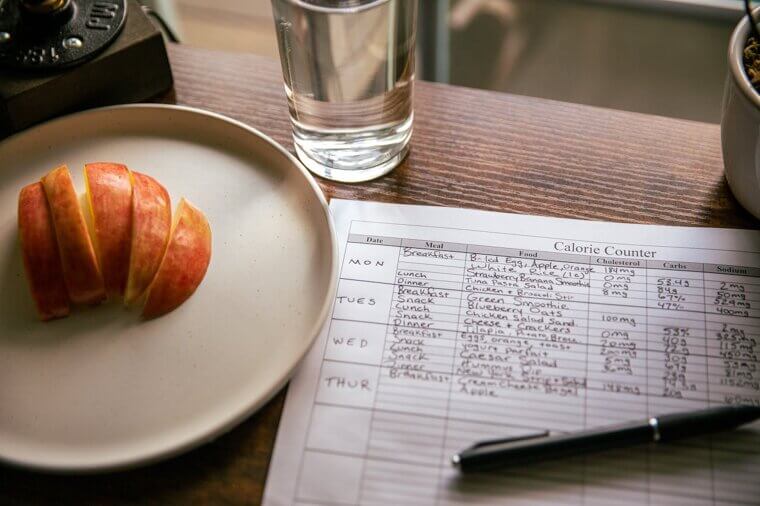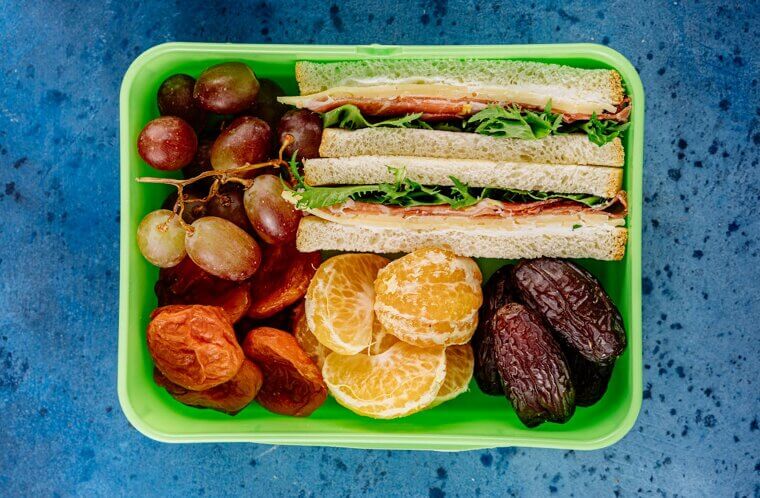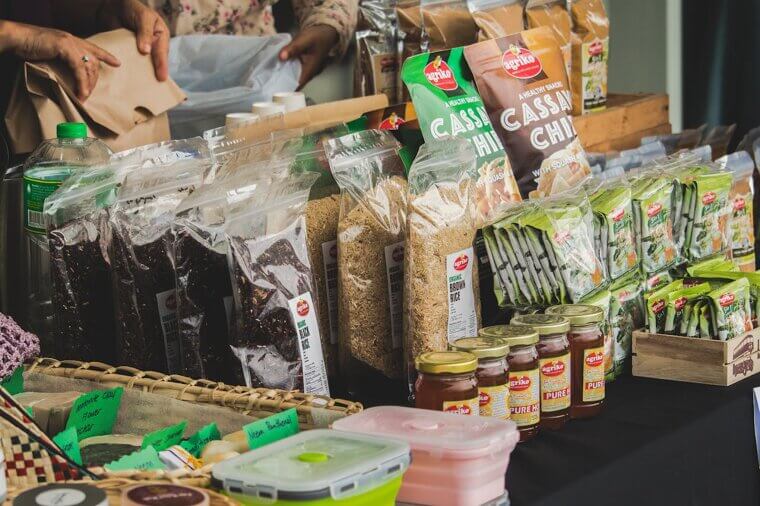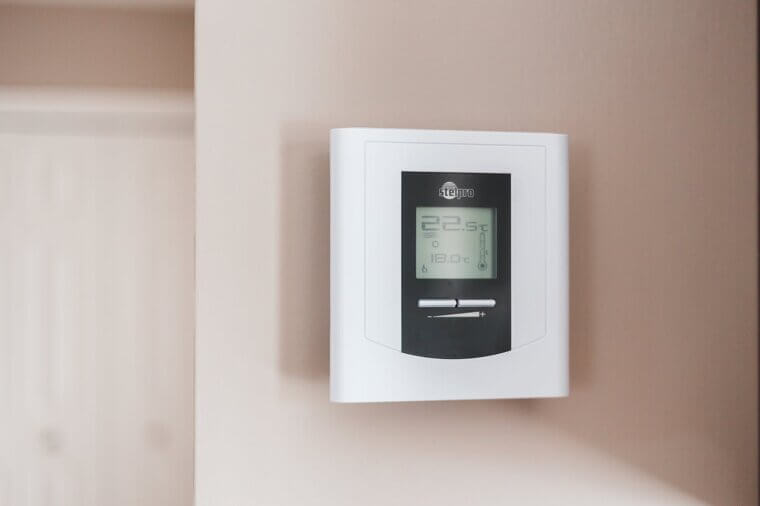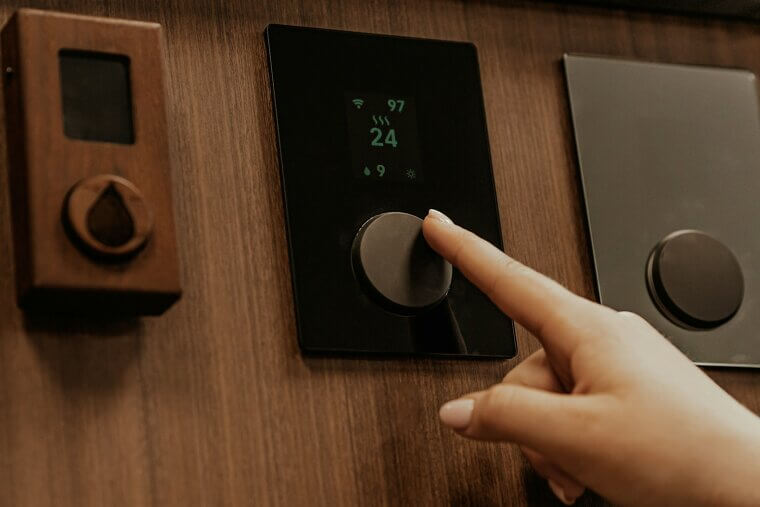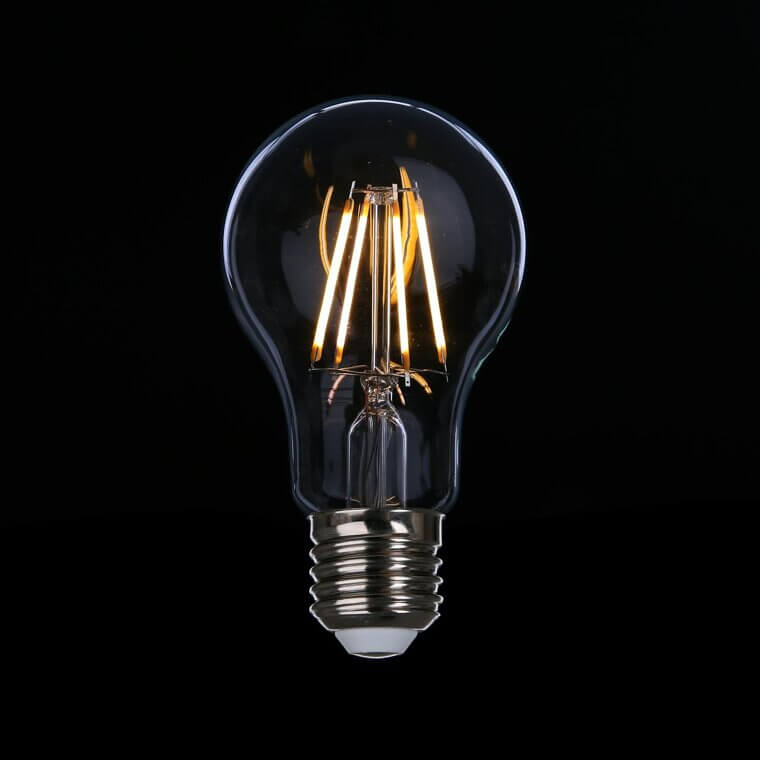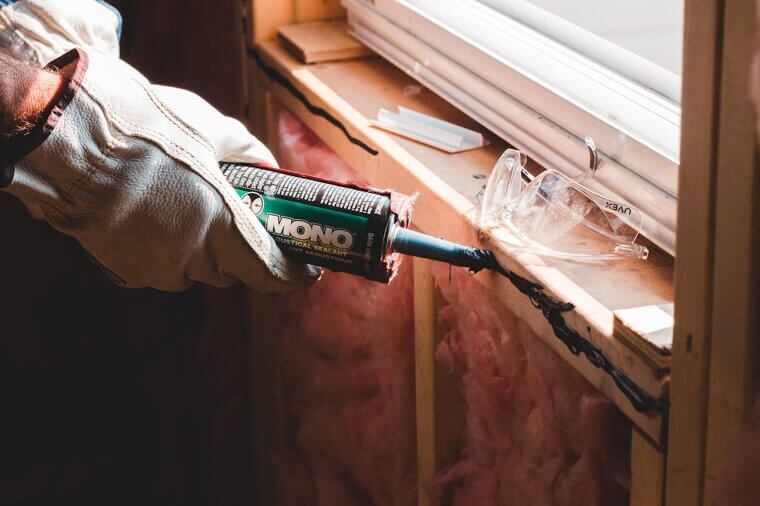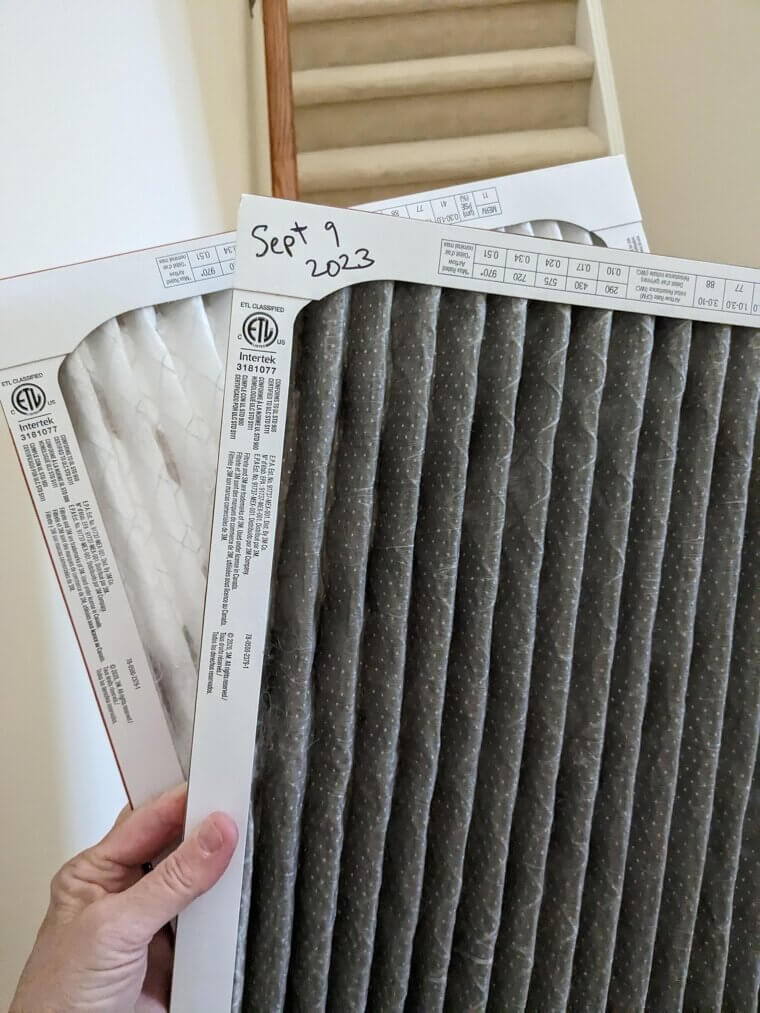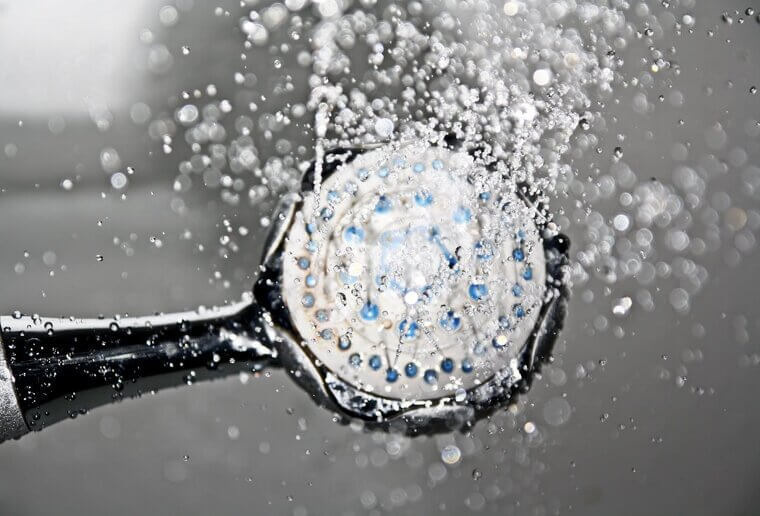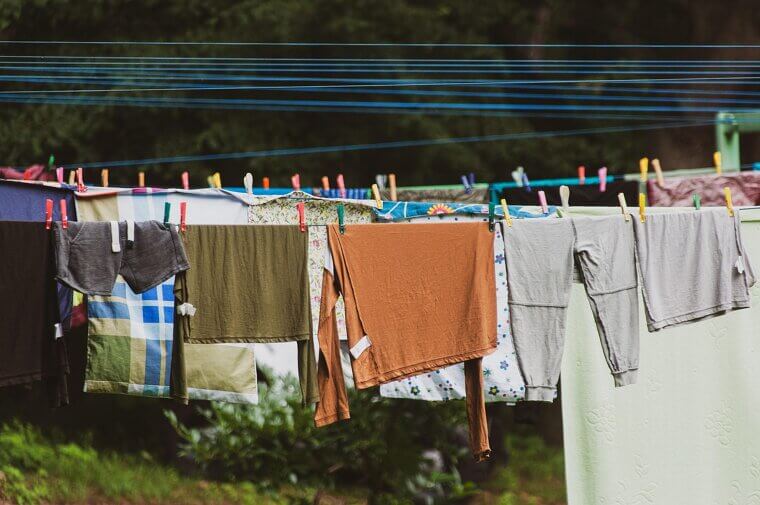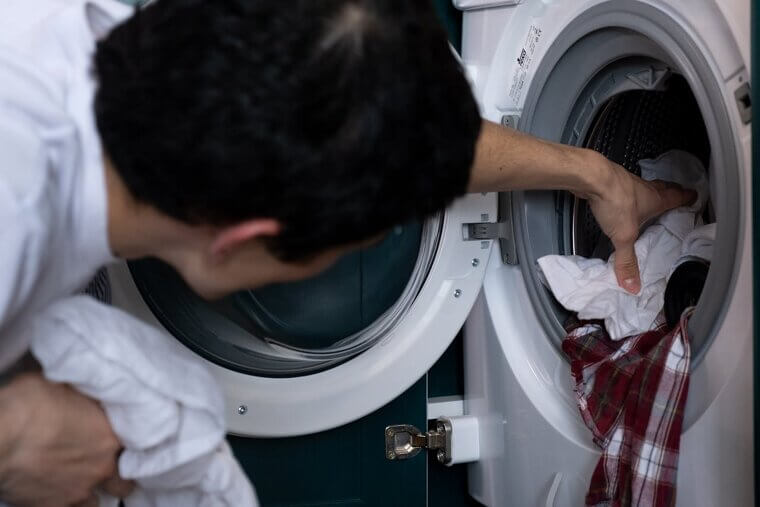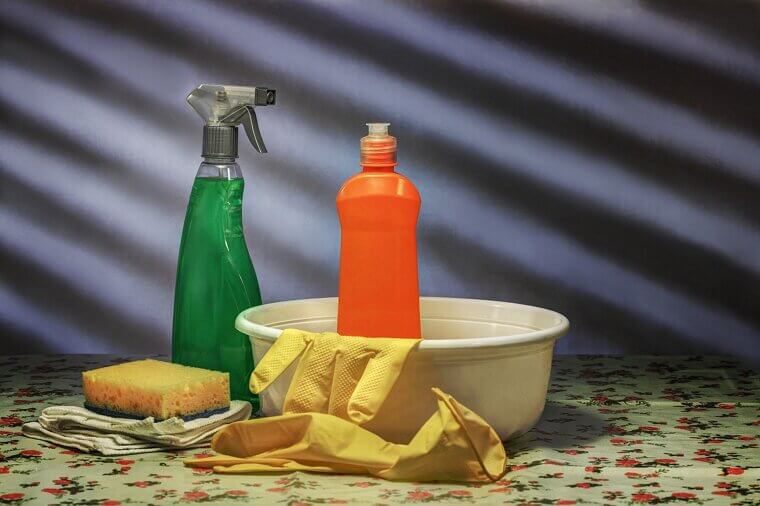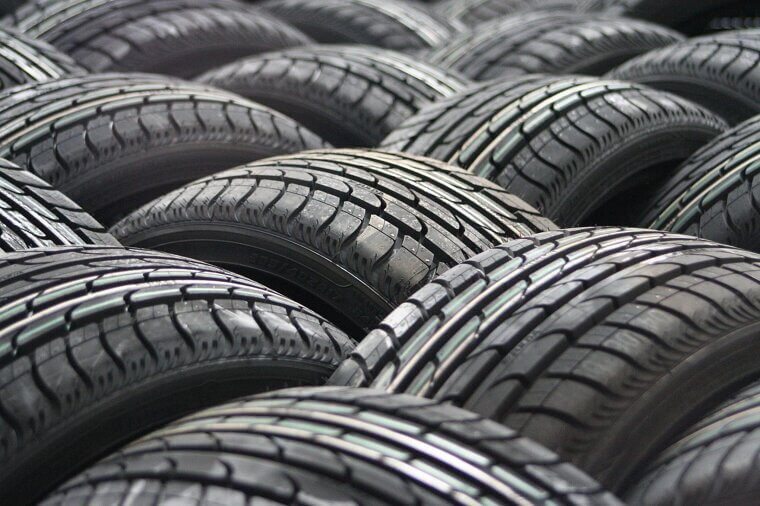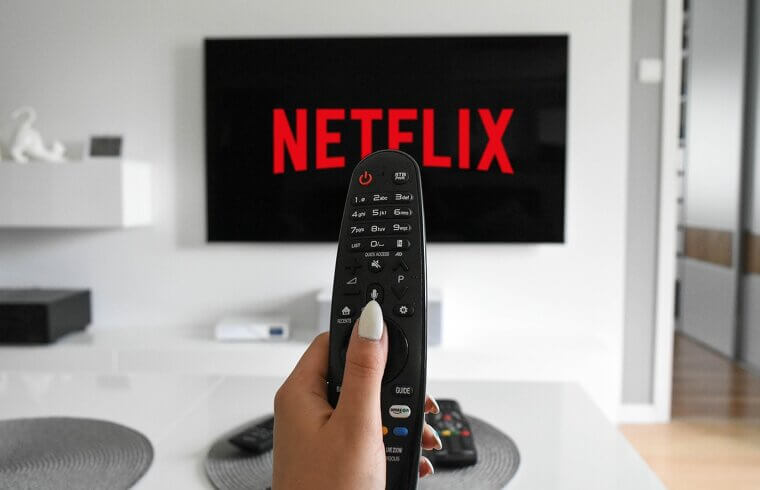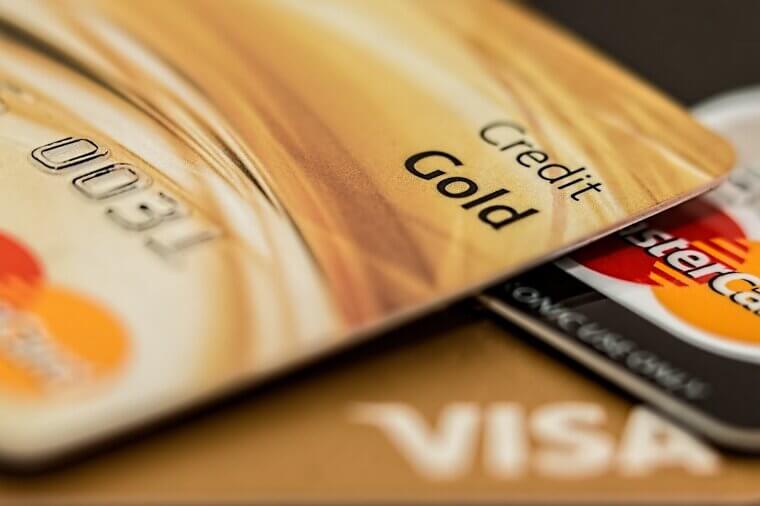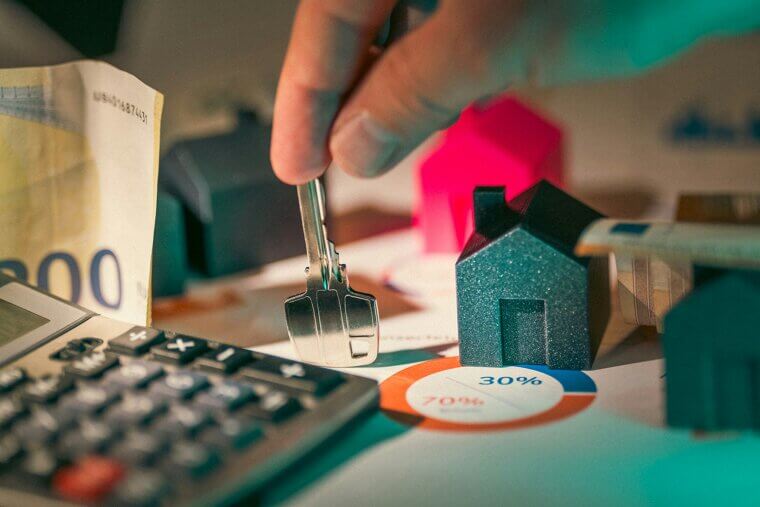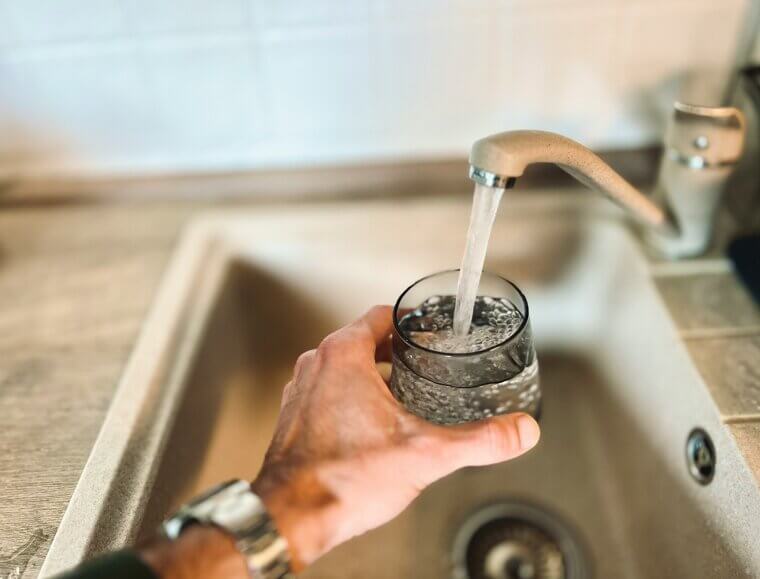Buy Seasonal Produce or Shop at Farmers’ Markets
Seasonal fruits and vegetables are fresher, taste better, and cost less than store-bought produce. Planning meals around what’s available at the farmers market will not only help you reduce grocery spending, but also keep your menu fresher and more interesting!
These tiny tweaks really add up. Let's uncover more!
These tiny tweaks really add up. Let's uncover more!
Making a Weekly Meal Plan
This simple act can transform your grocery shopping into a streamlined process where you buy only what you need. It will help reduce impulse buys and ensure every ingredient finds a purpose, slashing waste and unnecessary spending.
Homemade Lunch
A daily lunch can easily cost $10-$15 on average. Bringing a homemade meal, even just a few times a week, can save you hundreds, if not thousands, of dollars annually. Oh, and it tastes better too!
Batch Cooking Meals
Dedicate a few hours to preparing larger quantities of healthy, inexpensive meals. This will save you a lot of time during busy weekdays and prevent you from ordering those last-minute, expensive takeouts.
Curious how small changes can make such a big difference? You're on the right track!
Curious how small changes can make such a big difference? You're on the right track!
Reduce Meat
Yes, we all love a bit of meat. But, meat is often the most expensive item on a grocery list. Cutting meat from just a few meals each week will trim grocery costs, reduce your environmental footprint, and quietly shave dollars off your food budget over time.
Growing Your Own Herbs
Sure, those supermarket herbs smell great and look fancy, but they also cost a tiny fortune per ounce. Growing your own on a windowsill or in a small garden will keep flavors at your fingertips and help cut costs off your grocery bill week after week.
Use a Slow Cooker or Pressure Cooker at Home
Slow cookers and pressure cookers are proper kitchen workhorses. You cook large batches with minimal energy compared to an oven. They also make it easier to plan, stretch ingredients, and enjoy ready-made meals later, reducing both utility bills and the temptation for takeout.
Buy Generic or Store-Brand Products
For many items, the only difference is the label and price, and often, the product inside is virtually identical to the store brand. Choosing generics for pantry staples, cleaning supplies, or medicine cabinets can help lower your costs.
Saving energy doesn’t always have to require sacrificing comfort…
Saving energy doesn’t always have to require sacrificing comfort…
Lower Your Thermostat 1–2°F
Turning your thermostat down just a degree or two in winter or up in summer will barely affect your comfort, but it will reduce heating and cooling costs. Over a year, this small tweak will quietly save energy and money without much sacrifice.
Use a Programmable or Smart Thermostat
A programmable thermostat will automatically adjust temperatures when you’re asleep or away, saving energy without effort. Smart models even learn your routine. This set-and-forget change will trim heating and cooling bills by 10–15% annually.
Swap Incandescent Bulbs for LEDs
LED bulbs use up to 80% less electricity and last many times longer than incandescent or halogen bulbs. Replacing them across your home will instantly lower your power bill and reduce the hassle of frequent bulb changes.
These next tips will help shrink your utility bills without feeling the pinch…
These next tips will help shrink your utility bills without feeling the pinch…
Seal Drafts Around Windows and Doors
Gaps and cracks let expensive heated or cooled air escape. Sealing them is cheap, quick, and will help cut energy waste. A small investment in weather stripping or caulk can prevent significant energy loss and lower your heating and cooling costs.
Replace Your HVAC Filters
Dirty filters not only make your system work harder but also cost more to run. Swapping filters on schedule and getting seasonal check-ups will help prevent breakdowns, improve efficiency, and keep your home comfortable with lower energy bills.
Switch to Low-Flow Showerheads and Faucet Aerators
Modern low-flow fixtures feel just as good but use far less water and energy to heat it. They’re cheap, easy to install, and start saving immediately. This is especially noticeable in households with multiple daily showers or high water rates.
A few more hacks around the house to help you reduce that bill…
A few more hacks around the house to help you reduce that bill…
Hang Clothes to Dry Instead of Using a Dryer
Skip the dryer on nice days or for items that dry quickly indoors. Air-drying clothes saves electricity, reduces wear and tear, and even leaves fabrics smelling fresher. Over a year, those skipped dryer cycles can really add up.
Wash Clothes in Cold Water
Most laundry detergents work just as well in cold water. And since heating water is the biggest energy cost per load, switching to cold water will help cut costs, be gentler on fabrics, and still leave your clothes clean and fresh.
Make Your Own Household Cleaners
Mixing simple ingredients like vinegar, baking soda, and lemon can eliminate the need for pricey chemical cleaners. Homemade solutions clean just as well, reduce plastic packaging, and leave your home fresh without the extra cost or harsh fumes of store-bought products.
Schedule Preventative Maintenance for Appliances
A quick annual check on your fridge coils, water heater, or dryer vent can help prevent expensive breakdowns and keep appliances running efficiently. Spending a little time up front will help you save big on repair costs and extend the life of what you already own.
Let’s look at some transportation savings as well, shall we?
Let’s look at some transportation savings as well, shall we?
Carpooling
Carpooling can result in major savings if done right. Sharing rides with coworkers can help split fuel, tolls, and even parking. This will lower everyone’s expenses, reduce wear on the car, and even make traffic less stressful thanks to the company!
Walk or Bike
Consider walking or biking for trips that are under a mile or two. Think of it like replacing your fuel costs with free exercise. You will reduce wear on your car, save on parking, and add a refreshing break to your day.
Use Public Transportation
Switching from driving to public transportation for your commute can help you make tremendous savings on fuel, parking, and maintenance costs while reducing stress. Plus, taking the bus, train, or subway will also free up time for reading or relaxing!
Properly Inflated Car Tyres
This is one of those things that doesn't feel very significant, but actually is. Maintaining the correct tire pressure on your car will boost fuel efficiency, improve handling, and extend tire life. Possibly one of the easiest and most impactful habits you could implement.
Those unused subscriptions are probably costing you more than they should…
Those unused subscriptions are probably costing you more than they should…
Cancel Unused Subscriptions
We all have these, don’t we? That unused Netflix account. A software we don’t use anymore. That gym we haven’t shown up in for months. It is best to audit your recurring expenses regularly and cancel services you’re not using.
Negotiate a Lower Rate With Your Internet / Cable Provider
It might seem like a long shot, but don't be afraid to ask! Providers often have promotional rates for new customers or are willing to match competitors' offers to retain existing ones. A few minutes can really add up over time.
Loyalty Programs and Coupons
Loyalty programs and digital coupons reward consistent shoppers with discounts, freebies, and exclusive deals. Signing up takes only minutes, and stacking coupons with store promotions can help you reduce spending on groceries, fuel, and household goods.
Your bank account could really help you save some money...
Your bank account could really help you save some money...
Automatic Transfers to a Savings Account
This is arguably the most powerful lifestyle change you can implement. Automating transfers to a savings account and "paying yourself first" will ensure your money goes into savings before you even have a chance to spend it.
Automate Bill Payments
Setting bills to autopay means no missed due dates and no late charges nibbling at your budget. It will also streamline monthly money management, helping you focus on bigger savings goals without worrying about forgotten payments.
Use Cash More Often
It doesn’t sound like much, but paying with cash instead of swiping a card can make spending feel tangible. Watching bills leave your wallet will (should) slow impulse purchases, help you track what’s left, and build stronger awareness of your budget.
Refinance or Recast Your Mortgage
If you’re still on an older, higher-interest mortgage, refinancing could help slash monthly payments. Even small rate drops can add up to thousands saved over the life of a loan, especially if you plan to stay put.
You don’t always need brand new things to get the full experience…
You don’t always need brand new things to get the full experience…
Refurbished or Secondhand Electronics
Opting for refurbished or secondhand electronics will give you the same functionality at a fraction of the cost. Certified refurbished phones, laptops, and tablets are tested and warrantied, allowing you to enjoy modern tech while saving on big-ticket purchases.
Shopping at Thrift Stores
Hunting for clothes at thrift stores and consignment shops can often feel like a treasure hunt. You can find quality brands or unique pieces at a fraction of retail prices, refresh your wardrobe sustainably, and keep your budget manageable while still looking fresh!
Use the Library
Sometimes it feels like we’ve forgotten that libraries exist. But public libraries are a genuinely underrated money-saver. Borrowing books, audiobooks, and even movies for free keeps entertainment costs near zero. It’s probably time to put that library card to use!
And the last few changes you can make to save even more…
And the last few changes you can make to save even more…
Learn to Repair Minor Household Items
Learning to repair minor household items or clothing instead of replacing them can go a long way. A loose button, a small tear, or a wobbly chair often just needs a few minutes of DIY repair, and just learning a few basics will pay off repeatedly over the years.
Tap Water
Bottled water is a convenience with a big price tag and an even bigger environmental footprint. Invest in a good reusable water bottle and a filter if needed; your wallet and the planet will thank you.
Using a Reusable Coffee Cup
Many coffee shops offer a small price reduction for bringing your own mug. These small savings, coupled with avoiding disposable cups, add up for both your finances and the environment over time.


